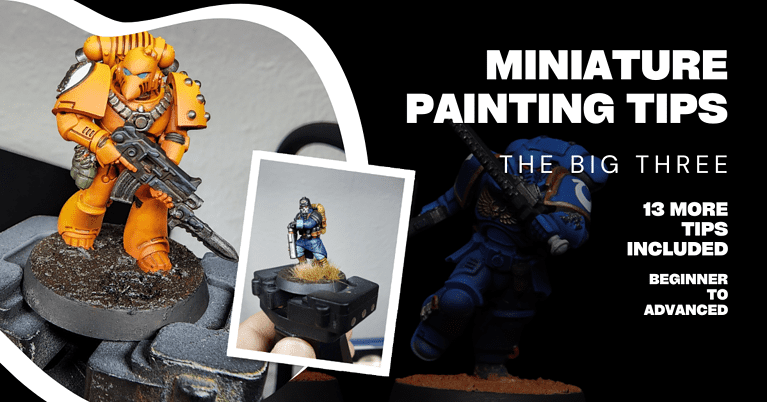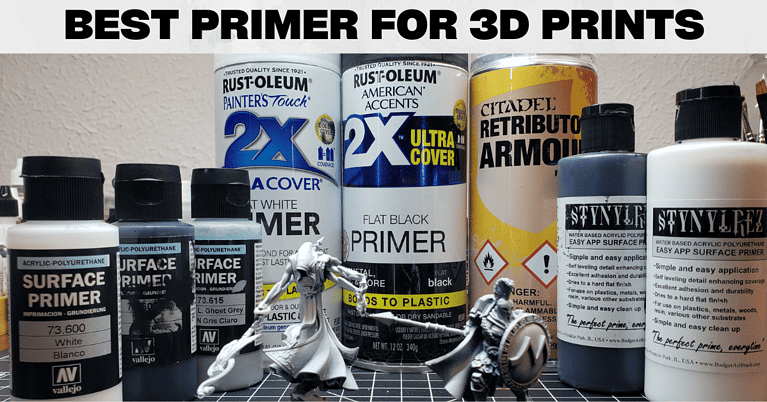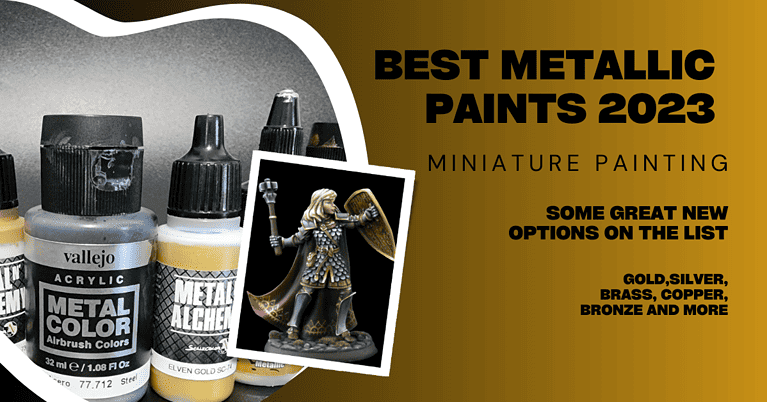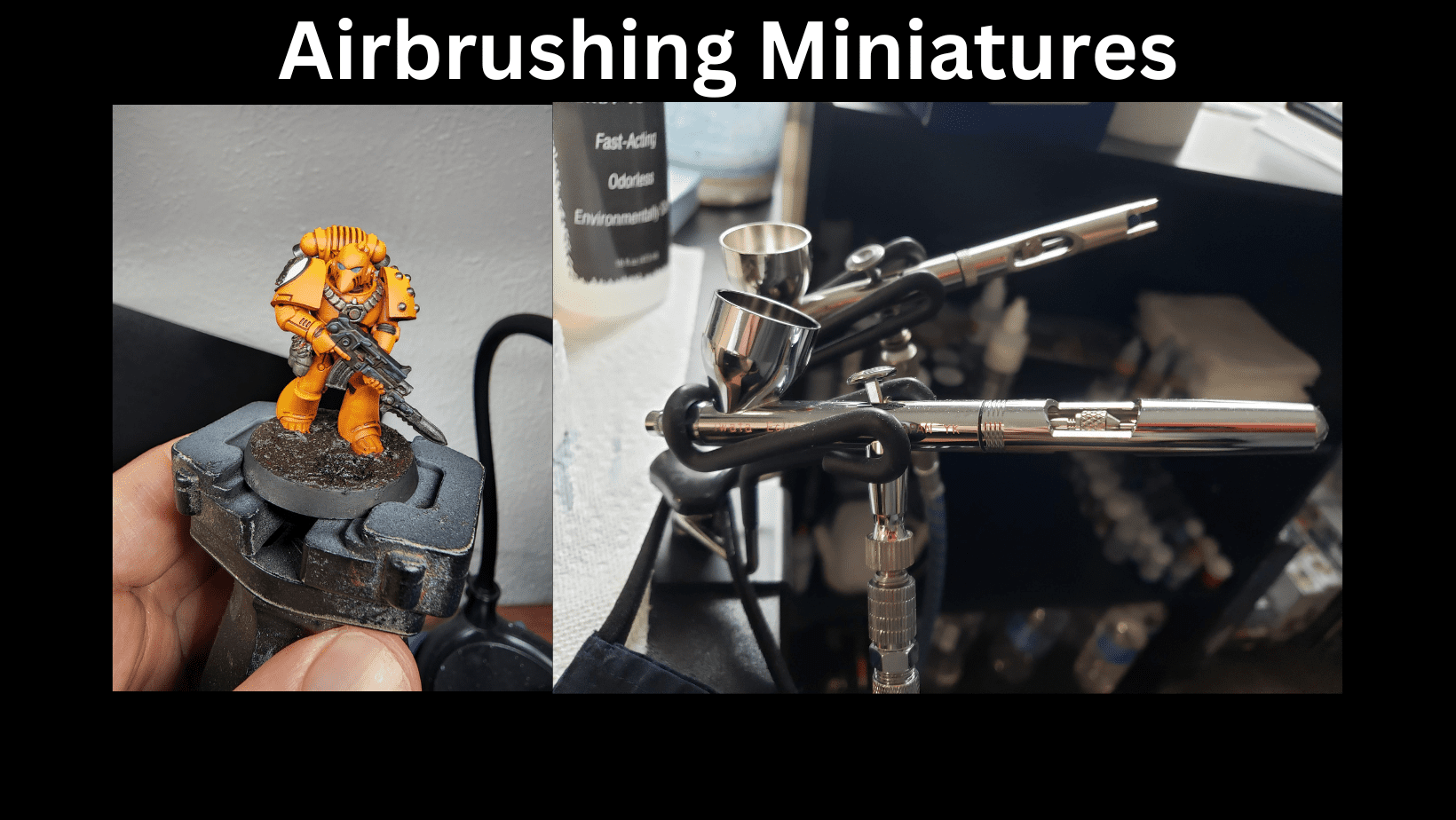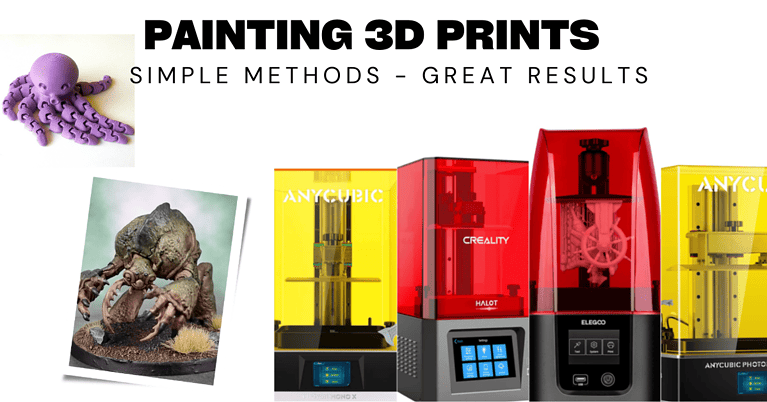What is 3D Printer Resolution? + 12 Tips to Improve 3D Print Quality in 2023
3D Printing Resolution Basics
What is 3D printer resolution? 3D printer resolution refers to the level of detail and precision with which a 3D printer can produce objects. It is typically measured in microns (one millionth of a meter) and represents the smallest layer height the printer can achieve. A higher resolution means finer and more detailed prints, while lower resolution may result in coarser and less precise objects. FDM Printer resolution depends on the printer’s hardware, nozzle size, and the material used, with smaller layer heights and finer nozzles generally leading to higher resolution outputs. For SLA Printing it is dependent on the light source and the pixel size of the LCD screen.
Why is 3D printer resolution important? 3D printer resolution is essential because it directly influences the level of detail and precision in the printed objects. A higher resolution allows 3D printers to produce finer and more intricate designs with smoother surfaces and greater accuracy, making them suitable for creating intricate models, prototypes, and functional parts. Conversely, lower resolution may result in visibly rougher prints and reduced accuracy.
Visualizing 3D Printer Resolution – SLA Resolution vs FDM
Picture a stack of coins. The thickness of each coin is the resolution of the 3D printer. If the coins are thick, the 3D print will have a low resolution and will not be very detailed. If the coins are thin, the 3D print will have a high resolution and will be very detailed.

Here is a table that shows the typical resolution of different types of 3D printers:
| 3D Printer Type | XY Resolution (microns) | Z Resolution (microns) |
|---|---|---|
| FDM (Fused Deposition Modeling) | 200-500 | 100-200 |
| SLA (Stereolithography) | 50-100 | 10-20 |
| DLP (Digital Light Processing) | 20-50 | 10-20 |
SLA and DLP technologies are used for high resolution 3D printers. They have a much higher resolution than FDM 3D printers. This is because SLA and DLP printers use lasers to solidify the resin or plastic, while FDM printers use a heated nozzle to extrude the plastic.
Lasers make for a more accurate 3D printer, as they can be focused much more precisely than nozzles. They can create thinner layers and the printer can make a more detailed print.
Common Resin 3D Printing Resolutions and Print Quality:
The most common SLA 3D printer resolutions are:
- HD (High Definition) – 1280 x 720 pixels: This is becoming less common as technology advances, but some budget-friendly or older SLA printers might still use HD resolution.
- Full HD (FHD) – 1920 x 1080 pixels: This is a common resolution for many SLA printers, providing a good balance between detail and cost.
- 2K – 2560 x 1440 pixels: A step above FHD, 2K resolution provides even finer details. This is common in both consumer and professional SLA printers.
- 4K – 3840 x 2160 pixels: 4K SLA printers offer high-resolution prints with extremely fine details. These are becoming more popular as the technology becomes more affordable. Right now this is the sweet spot for value if you’re looking to print high quality miniatures.
- 8K – 7680 x 4320 pixels: This level of detail is less common due to their cost, 8K SLA printers are often used in professional grade printers where detail is very important to the end result. Miniatures and models printed at this resolution are excellent, although it would be hard to tell the difference between 8k and 4k in most miniatures.
Remember, while pixel resolution is a significant factor, the actual print quality also depends on things like the light source’s accuracy, resin quality used, printer calibration, and other variables.
Also, the XY resolution (the smallest movement or detail the printer can produce in the horizontal plane) is directly influenced by this pixel resolution. The smaller the pixel, the finer the potential XY resolution.
Common FDM Printer Level of Resolution with Nozzle Sizes
FDM (Fused Deposition Modeling) 3D printers work by extruding melted filament layer by layer to build a model. I tend to think of it as similar to squeezing small drops of toothpaste out onto a build plate. Resolution is how small and precise you can make the drops.
Resolution for FDM printers are usually referred to by the layer height and nozzle diameter. Both of these determine the detail and smoothness of a print. Layer height being how thick the drop of resin is, and nozzle diameter means how small the hole is you’re squeezing liquid resin out of.
Most common FDM 3D printer resolutions (referring to layer height):
- High Resolution:
- 0.05mm to 0.1mm (50 to 100 microns): These thinner layers allow for high detail and smooth surfaces but take longer to print.
- Medium Resolution:
- 0.2mm (200 microns): This is a common default setting for many FDM printers. It offers a balance between print time and quality.
- Low Resolution:
- 0.3mm to 0.4mm (300 to 400 microns): These thicker layers result in faster prints but with more visible layer lines.
Nozzle Diameter:
- Standard Nozzle:
- 0.4mm: The most common size for many FDM printers, suitable for a wide range of prints.
- Fine Detail Nozzle:
- 0.2mm to 0.3mm: Used for prints requiring finer details. They take longer due to the smaller extrusion width.
- Large Nozzle:
- 0.6mm, 0.8mm, or even 1mm and above: Ideal for fast, rough prints, or for large models where detail is not critical.
It’s worth noting that while layer height is a primary determinant of Z-axis resolution (vertical detail), the nozzle diameter and printer’s mechanical precision influence the XY resolution (horizontal detail). Adjusting both layer height and nozzle diameter allows users to tailor their prints based on the desired balance between detail, strength, and print speed.
How to Improve 3D Printer Resolution: 13 Tips for High Resolution 3D Prints
Improving the resolution of a 3D printer will enhance the quality and detail of your prints. Here are several methods to improve 3D printer resolution:
- Decrease Layer Height: Reducing the layer height in your slicing software allows for finer layers, resulting in a smoother finish. This might increase print time, but the quality is often improved.
- Upgrade Nozzle: For FDM (Fused Deposition Modeling) printers, using a nozzle with a smaller diameter can allow for more precise extrusion, particularly for intricate details.
- Belt Tensioning: Ensure that the belts driving the printer’s movement are properly tensioned. Loose belts can lead to inaccuracies in prints.
- Printer Calibration: Regularly calibrate your printer, including bed leveling, extruder calibration, and XYZ axis calibration.
- Quality Filament: Use high-quality filament that’s free from impurities. Consistent filament diameter can help in getting consistent extrusion.
- Upgrade Hardware: Consider upgrading components like stepper motors or linear rails to enhance the printer’s precision. Many lower cost 3D printers like Enders are often upgraded by hobbyists.
- Optimize Printing Speed: Reducing the print speed, especially for detailed sections, can enhance print accuracy.
- Enhanced Cooling: Proper cooling prevents warping and ensures filament solidifies correctly. Consider upgrading or optimizing cooling fans.
- Use a Different Printing Technology: If ultimate resolution is a priority, consider switching to SLA printers. They usually offer higher resolutions than FDM printers.
- Anti-Vibration Measures: Place your printer on a stable surface and consider using dampening feet or mats to reduce vibrations.
- Update Firmware and Software: Sometimes, software and firmware updates can contain optimizations for better print quality.
- Refine Retraction Settings: Adjusting retraction settings in the slicer can reduce stringing and improve print quality.
- Post-Processing: Techniques like sanding, priming, and painting can enhance the final appearance of a print, making it look smoother and more refined.
Regular maintenance and staying informed about the latest 3D printing techniques and upgrades will always put you in a better position to achieve optimal print resolution.
3D Printer Layer Thickness, Vertical Resolution, Horizontal Resolution
3D printer resolution determines the detail and precision of printed objects. Higher resolution typically yields smoother and more detailed prints. Understanding different resolution types is crucial for achieving the desired print quality.
XY Resolution in 3D Printers
XY resolution refers to the horizontal X and Y axis. It defines the precision and smallest detail a 3D printer can achieve in the horizontal plane. It is often measured in microns and determines the minimum feature size a printer can produce on a given layer.
A lower XY resolution number indicates a higher level of detail. This resolution is particularly important for intricate designs that have fine details in the horizontal plane.
So think of XY as how precise it can be left to right, as opposed to height.
Z Resolution in 3D Printers
Z resolution, also known as the Z-axis resolution, relates to the printer’s precision in the vertical plane. It’s an indicator of how thin or thick the layers of material can be deposited during the printing process. Like XY resolution, Z resolution is typically measured in microns.
A lower Z resolution value means the printer can produce thinner layers, leading to smoother and more detailed vertical surfaces.
So the Z axis is layer height capability. You can set layer height in a slicer (software), but Z axis is referring to how thin it can go.
Layer height in 3D Printers
Layer height is a term often used interchangeably with Z resolution, but it’s more about a choice made before printing than a hardware capability. It denotes the thickness of each individual layer of material laid down during the 3D printing process.
Selecting a smaller layer height will result in smoother prints with more detail, but the trade-off is a longer print time. Conversely, a larger layer height speeds up the printing process but may result in more visible layer lines and a rougher finish.
What is Minimum Feature Size in 3D Printing?
In 3D printing, the Minimum Feature Size refers to the smallest detail or dimension that a 3D printer can reliably reproduce in a printed object. This is important for more precise and highly detailed printing. It’s closely related to resolution as it is a limitation of the printers capacity to reproduce small details.
Minimum Feature Size is kind of like asking how detailed can the printer possibly get?
The minimum feature size is dependent on several factors:
- Printer’s Hardware: The precision of the printer’s movement system, the diameter of the extrusion nozzle (in filament-based printers), and the laser spot size (in resin-based printers) can influence the minimum feature size.
- Printing Material: Some materials may flow or cure differently, affecting the smallest detail that can be effectively rendered.
- Printing Process: Different 3D printing technologies have different processes. Stereolithography (SLA) or Digital Light Processing (DLP) use light to cure resin and can achieve smaller feature sizes. Fused Deposition Modeling (FDM), which melt and extrude plastic, have larger minimum feature sizes typically.
The minimum feature size affects your 3D prints final resolution and smoothness. The best 3D printers for resolution are SLA printers, but fdm printing is capable of different materials and is usually cheaper. So it all depends on what you’re printing.
How to Measure 3D Printer Resolution
There are a few things you can do to check a 3D printers resolution. From reading stats to in person testing, here are some ideas:
- Manufacturer Specifications: The first place to look for a 3D printer’s resolution is the specs provided by the manufacturer. These usually mention the XY resolution, Z resolution, and often the minimum layer height the printer can achieve.
- Test Prints: Use test models to give an idea on the printer’s actual capabilities. A lot of people use Benchy for example. Some others include:
- XYZ Calibration Cubes: Printing a simple cube can help assess dimensional accuracy.
- Fine Detail Models: These are designed with intricate features to test the smallest details a printer can reproduce.
- Bridging Test: This evaluates how well the printer can span gaps without supports.
- Overhang Test: This assesses the angle at which the printer starts needing supports.
- Measure with Calipers: Use digital calipers to measure the dimensions of your test prints. Compare these measurements with the intended dimensions of the model to gauge accuracy.
- Layer Height Examination: This involves simply looking at the surface of a printed object, you can visually assess the layer lines. Smoother surfaces indicate finer layer heights.
- Software Settings: 3D printing software (called slicers) allow you to set your resolution. Test out some different settings and see if you can get a better result.
- Feedback and Reviews: Read articles like ours and check user reviews for the printers you are interested in.
Remember, while resolution is an essential factor, it’s not the only one. Other aspects like price, print speed, material compatibility, and reliability are big parts of the 3D printing hobby.
Conclusion
Trying to find the highest resolution 3D printer is not always necessary. The resolution you need depends on what it is you’re printing. Many times you will hit optimal prints on lower resolution printers.
A lower resolution print would look identical on a Full HD, 2k, 4k and 8k resin printer. So before you get bogged down with layer thickness, vertical resolution, horizontal resolution and the rest for your 3D model, understand that if your printer can print the object perfectly, there’s no need to be concerned with the details.
As a rule of thumb, if you’re printing 28 mm miniatures, you’ll do fine with any 2k or 4k resolution SLA Resin 3D Printers. My experience has been that I can’t tell the difference between 4k and 8k miniatures. The difference between 2k and 4k is very small.
If you are printing a 3D part that needs certain properties like strength or flexibility, you might do better with an FDM printer.
I hope all this helped you! Any questions feel free to post below.

